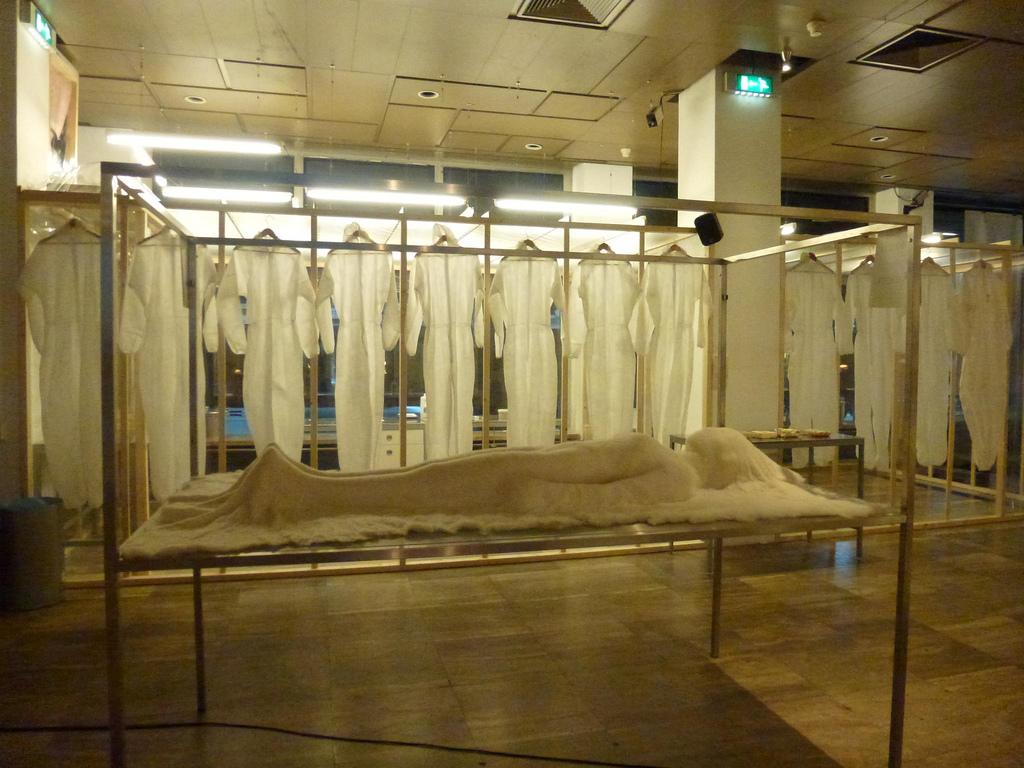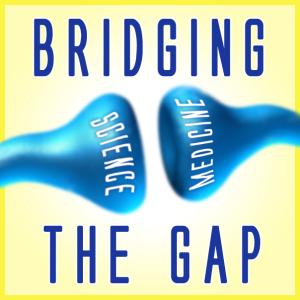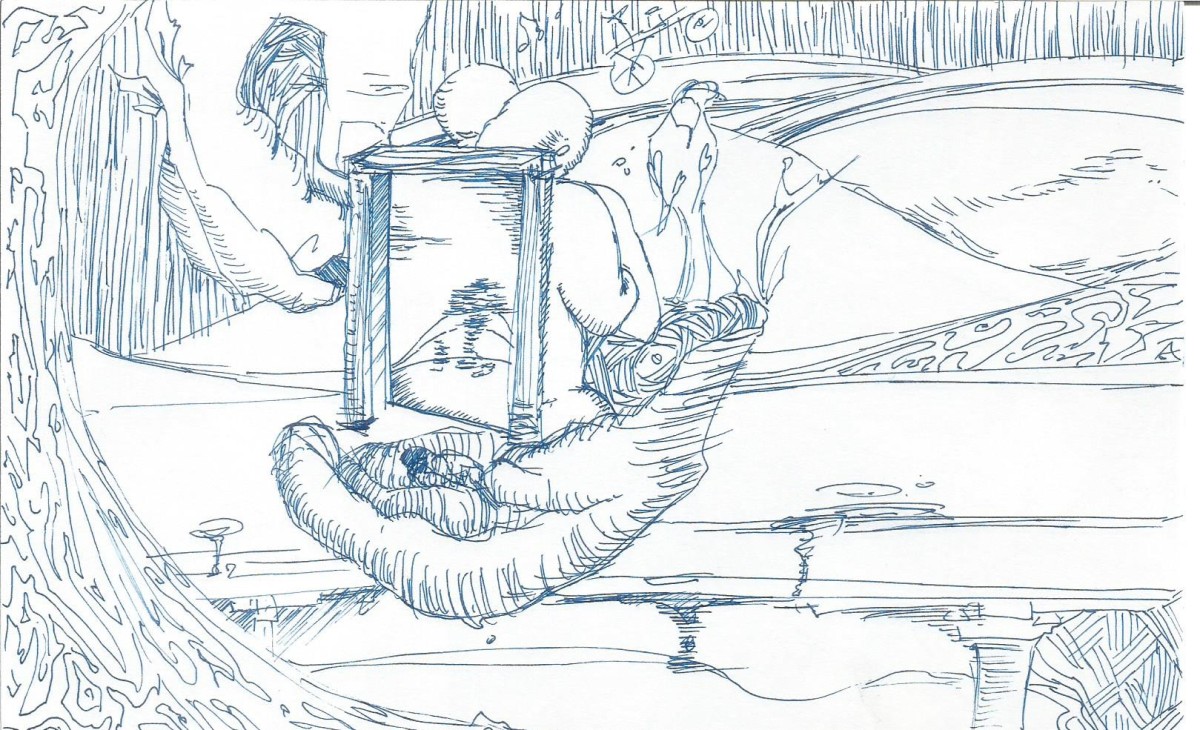Dead in Traffic: Reflections on Gross Anatomy
Cadaver. The word itself seems devoid of life. And, so too does the white plastic bag lying unceremoniously before me. It’s the first day of anatomy, and I unzip the tarp and stare down at a wet, grey lump of clay. There it is. There is what, exactly? What was I expecting? Some warm human soul, freshly sprung from the loins of life? No. That’s not this. The essence of life is gone — absolutely, irrevocably, unquestionably, gone.







